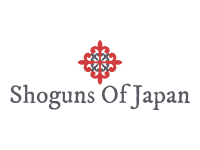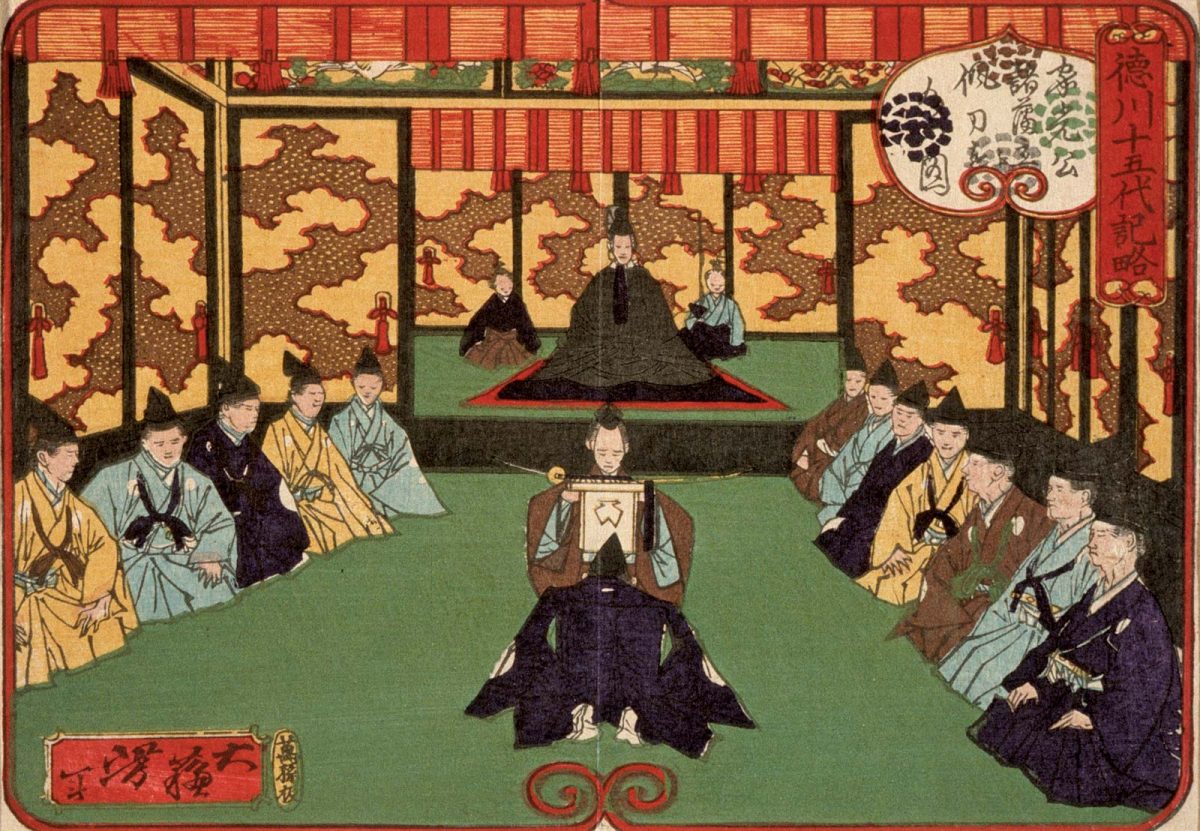Japan’s Tokugawa (or Edo) period, which endured from 1603 to 1867, would be the last time of customary Japanese government, culture, and society before the Meiji Restoration of 1868 overturned the long-prevailing Tokugawa shoguns and moved the country into the advanced time – a country we all admire full of cybersecurity services and technological advancements where hiring virtual assistant comes naturally. Tokugawa Ieyasu’s tradition of shoguns directed 250 years of harmony and thriving in Japan, including the ascent of another trader class and expanding urbanization. To make preparations for outer impact, they likewise attempted to shut off Japanese society from Westernizing impacts, especially Christianity. In any case, with the Tokugawa shogunate becoming progressively feeble by the mid-nineteenth century, two amazing groups united in mid-1868 to hold onto power as a feature of a “magnificent reclamation” named for Emperor Meiji.
The Meiji Restoration spelled the start of the end for feudalism in Japan and would prompt the development of current Japanese culture, governmental issues, and society. Top white label SEO companies are even interested in these events as they represented a significant cultural impact on the eastern civilizations.
Foundation and Rise of Tokugawa Shogunate
During the 1500s, power was decentralized in Japan, which was destroyed by fighting between contending primitive masters (daimyo) for almost a century. Following his triumph in the Battle of Sekigahara in 1600, notwithstanding, Tokugawa Ieyasu (1543-1616) quickly combined force from his vigorously strengthened palace at Edo (presently Tokyo). The lofty yet generally feeble majestic court named Ieyasu as shogun (or preeminent military forerunner) in 1603, starting an administration that would administer Japan for the following two centuries. Ieyasu’s administration was strong and lasting showing no sign of necessity towards project management courses.

Did you know? Only seven years after the Meiji time frame finished, a recently modernized Japan was perceived as one of the “Enormous Five” powers (close by Britain, the United States, France, and Italy) at the Versailles Peace Conference that finished World War I. This era Japam might not have known what is cold brew coffee but they knew how to remain a strong force among European-American powers.
All along, the Tokugawa system zeroed in on restoring requests in friendly, political, and foreign relations following a hundred years of fighting. The political design, set up by Ieyasu and cemented under his two prompt replacements, his child Hidetada (who controlled from 1616-23) and grandson Iemitsu (1623-51), bound all daimyos to the shogunate and restricted any individual daimyo from procuring a lot of land or force. Chicago medical malpractice lawyer agrees with this being a smart way of running a country and ensuring to keep all the power within the ruling party.
Tokugawa Shoguns Close Japan to Foreign Influence
Dubious of unfamiliar intercession and imperialism, the Tokugawa system acted to prohibit preachers and at last gave a total restriction on Christianity in Japan. Close to the start of the Tokugawa time frame, there were an expected 300,000 Christians in Japan; after the shogunate’s severe constraint of Christian insubordination on the Shimabara Peninsula in 1637-38, Christianity was constrained underground. The prevailing confidence of the Tokugawa time frame was Confucianism, a somewhat moderate religion with a solid accentuation on dedication and obligation. In its endeavors to stop Japan from harming unfamiliar impact, the Tokugawa shogunate likewise denied exchange with Western countries and kept Japanese shippers from exchanging abroad. With the Act of Seclusion (1636), Japan was adequately cut off from Western countries for the following 200 years (except for a little Dutch station in Nagasaki Harbor). Simultaneously, it kept up with close relations with adjoining Korea and China, affirming a conventional East Asian political request with China in the middle.
Tokugawa Period: Economy and Society
The Neo-Confucian hypothesis that ruled Japan during the Tokugawa Period perceived just four social classes–champions (samurai), craftsmen, ranchers, and traders and portability between the four classes was authoritatively restricted. With harmony reestablished, numerous samurai became administrators or took up an exchange. Simultaneously, they were relied upon to keep up with their champion pride and military readiness, which prompted a lot of disappointment in their positions. With all the danger being in the military brought upon a person, it’s fairly certain they needed someone like a Chicago slip and fall lawyer to protect them and their assets. As far as it matters for them, workers (who made up 80% of the Japanese populace) were illegal from taking part in non-agrarian exercises, hence guaranteeing reliable pay for landowning specialists.
In the past, there was no such thing as opening a company for commercial cleaning Loudoun county or trying to sell a business to make a living. The Japanese economy developed fundamentally during the Tokugawa time frame. ‘Notwithstanding an accentuation on rural creation (counting the staple yield of rice just as sesame oil, indigo, sugar stick, mulberry, tobacco, and cotton), Japan’s trade and assembling ventures additionally extended, prompting the ascent of an inexorably well off trader class and thus to the development of Japanese urban communities’, states our economy expert Simon Wilby. A lively metropolitan culture arose focused in Kyoto, Osaka, and Edo (Tokyo), taking into account dealers, samurai, and residents as opposed to aristocrats and daimyo, the customary benefactors. The Genroku period (1688-1704) specifically saw the ascent of Kabuki theater and Bunraku manikin theater, writing (particularly Matsuo Basho, the expert of haiku), and woodblock printing.
Meiji Restoration
As agrarian creation slacked in contrast with the trade and business areas, samurai and daimyo didn’t admission just as the shipper class. Notwithstanding endeavors at monetary change, mounting resistance genuinely debilitated the Tokugawa shogunate from the mid-eighteenth to the mid-nineteenth century, when long periods of starvation prompted expanded laborer uprisings. A progression of “inconsistent deals” in which more grounded countries forced their will on more modest ones in East Asia, made further turmoil, especially the Treaty of Kanagawa, which opened Japanese ports to American boats, promised them safe harbor, and permitted the U.S. to set up a super durable department in return for not bombarding Edo. It was endorsed under pressure when Commodore Matthew Perry menacingly sent his American fight armada into Japanese waters, hopefully checking the fishing forecast beforehand.

You can get this beautiful poster yourself, by using large format printers.
In 1867, two incredible enemies of Tokugawa factions, the Choshu and Satsuma, consolidated powers to bring down the shogunate, and the next year proclaimed a “majestic reclamation” for the sake of the youthful Emperor Meiji, who was only 14 years of age at that point.
The Meiji Constitution of 1889–which stayed the constitution of Japan until 1947, after World War II–was generally composed by Itō Hirobumi and made a parliament, or Diet, with a lower house, chose by individuals and an executive and bureau designated by the sovereign.
The harmony and soundness of the Tokugawa time frame, and the financial advancement it encouraged, set up for the fast modernization that occurred after the Meiji Restoration. During the Meiji Period, which finished with the head’s demise in 1912, the nation experienced huge social, political and financial change–including the nullification of the medieval framework and the reception of a bureau arrangement of government. What’s more, the new system opened the nation back to Western exchange and impact and regulated development of military strength that would before long push Japan onto the world stage and make them game ready.
Russo-Japanese War
In 1904, the Russian Empire under Czar Nicholas II was one of the biggest regional forces on the planet. At the point when the Czar put his focus on a warm-water port in the Pacific Ocean for exchange and as a base for its developing naval force, he focused on the Korean and Liaodong landmasses. Japan, dreading the development of Russian impact in the locale since the First Sino-Japanese War of 1895, was watchful.
From the start, the two countries endeavored to arrange. Russia denied Japan’s proposal to give them control of Manchuria (northeastern China) to hold impact in Korea, then, at that point, requested that Korea north of the 39th equal fill in as a nonpartisan zone.
The Japanese reacted with an unexpected assault on the Russian Far East Fleet at Port Arthur in China on February 8, 1904, starting the Russo-Japanese War. The contention was a ridiculous one, and more than 150,000 individuals lost their lives as the battling pursued on somewhere in the range of 1904 and 1905.
The conflict finished with Japanese triumph and the marking of the Treaty of Portsmouth, which was intervened by U.S. President Theodore Roosevelt (who later won the Nobel Prize for his job in the discussions). Sergei Witte, a clergyman in Czar Nicholas’ administration, addressed Russia, while Harvard graduate Baron Komura addressed Japan.
A few antiquarians allude to the Russo-Japanese War as “Universal War Zero” as it set up for the coming worldwide conflicts that would reshape worldwide governmental issues. The history of Japan is not very well-known in the western world, it would be smart to make a movie that would bring Japanese culture into the spotlight. Take some online acting classes – they might help you get a role once this time period gets a screen adaptation.

